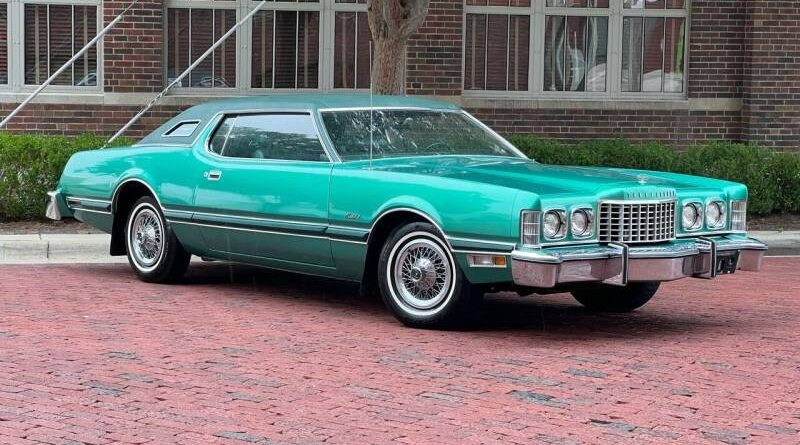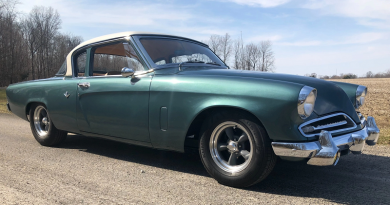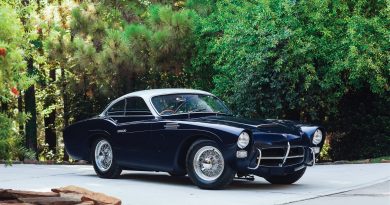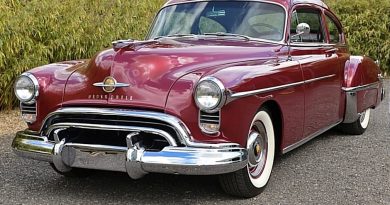1976 Ford Thunderbird
The sixth generation of the Ford Thunderbird is a large personal luxury coupe that was produced by Ford for the 1972 to 1976 model years. A sibling of the Continental Mark IV, this generation of the Thunderbird was the largest ever produced; weighing in at over 5,000 pounds (2,268 kg), they are also the heaviest coupes ever produced by Ford (aside from its Mark IV sibling car).
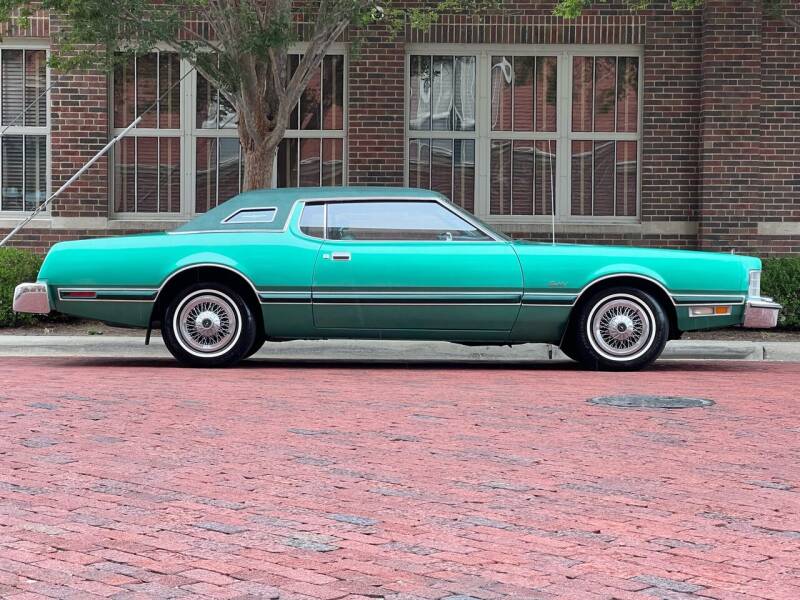
1976 was the last model year for the sixth generation. Some items that were standard in 1975 were moved to the options list. Some items returning to the option list included, AM/FM stereo, front cornering lights, and tinted glass. Additionally the rear windows became stationary. This move was to keep cost down and was also shared by the 1976 Mark IV.
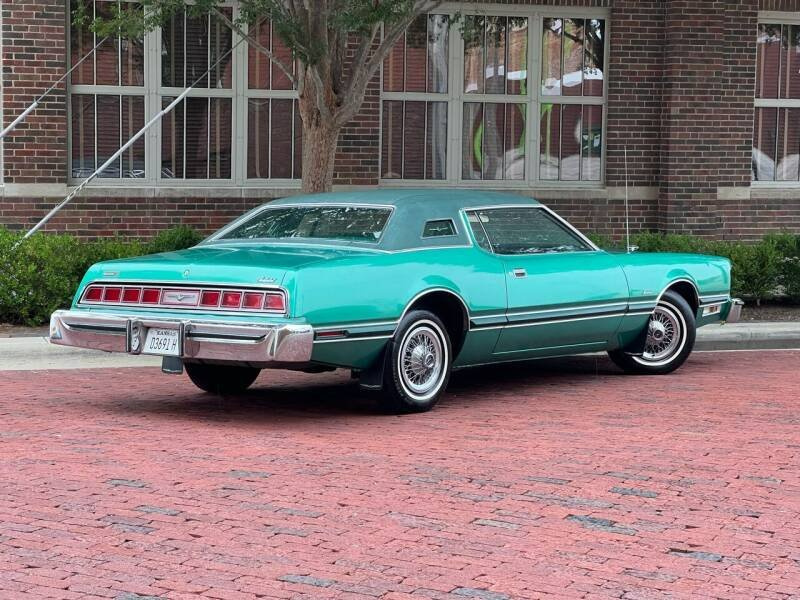
Given it’s an unrestored Thunderbird whose engine has never been rebuilt, it’s pretty clear the car spent a long time in storage. The carbureted 460ci V8 was rated at 202 horsepower and 352 lb-ft of torque. Power is sent to the rear wheels through a three-speed Cruise-O-Matic automatic transmission and a 3.00:1 Traction-Lok rear axle.

The cabin features power-adjustable front seats trimmed in green leather with a matching dashboard, door panels, and carpets, the latter of which are protected with rubber floor mats. Equipment includes a push-button AM/FM radio, automatic climate control, cruise control, rear reading lights, and power windows and locks. The two-spoke steering wheel is mounted to a tilting column and frames a central fuel-level gauge, an analog clock, and a 120-mph speedometer.

Eras are only eras, they aren’t the end of time. But the end of the line was finally upon the Thunderbird in 1976. Time had run out for large, heavy luxury cars. Consumers purchasing personal luxury transportation in the late 1970’s wanted more efficient cars. Efficient in fuel use, space utilization, and maintenance requirements.
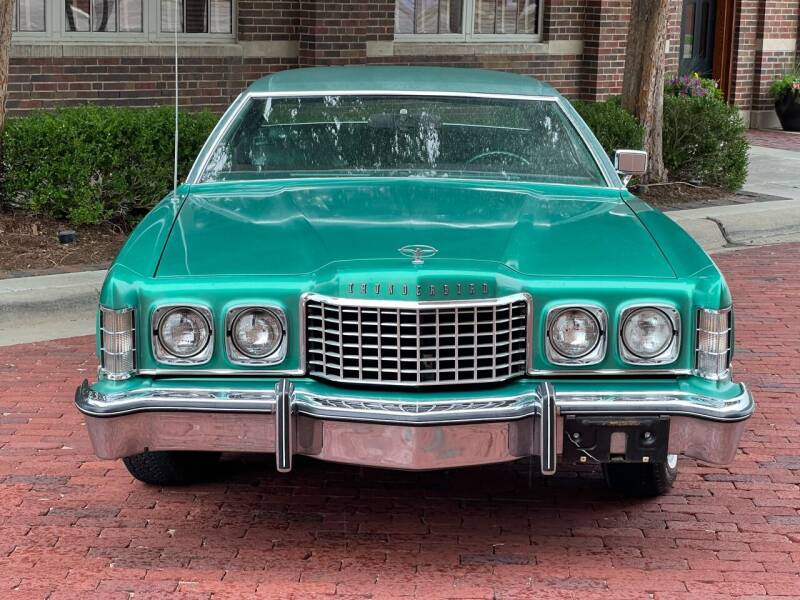
Thunderbird people understand that there is more to these cars than transportation. They are works of art. They deserve to be preserved and maintained. Compare them to a landmark historic building. Both have many things in common. Both were designed by artists who had to answer to the demands of functionality, while being alert to the creative process. Both provide a means of shelter from the elements, and serve mankind. And just as a painting is a reflection of the artist, the T-Bird is a reflection of all who have worked so hard all these years to keep the legend alive.

